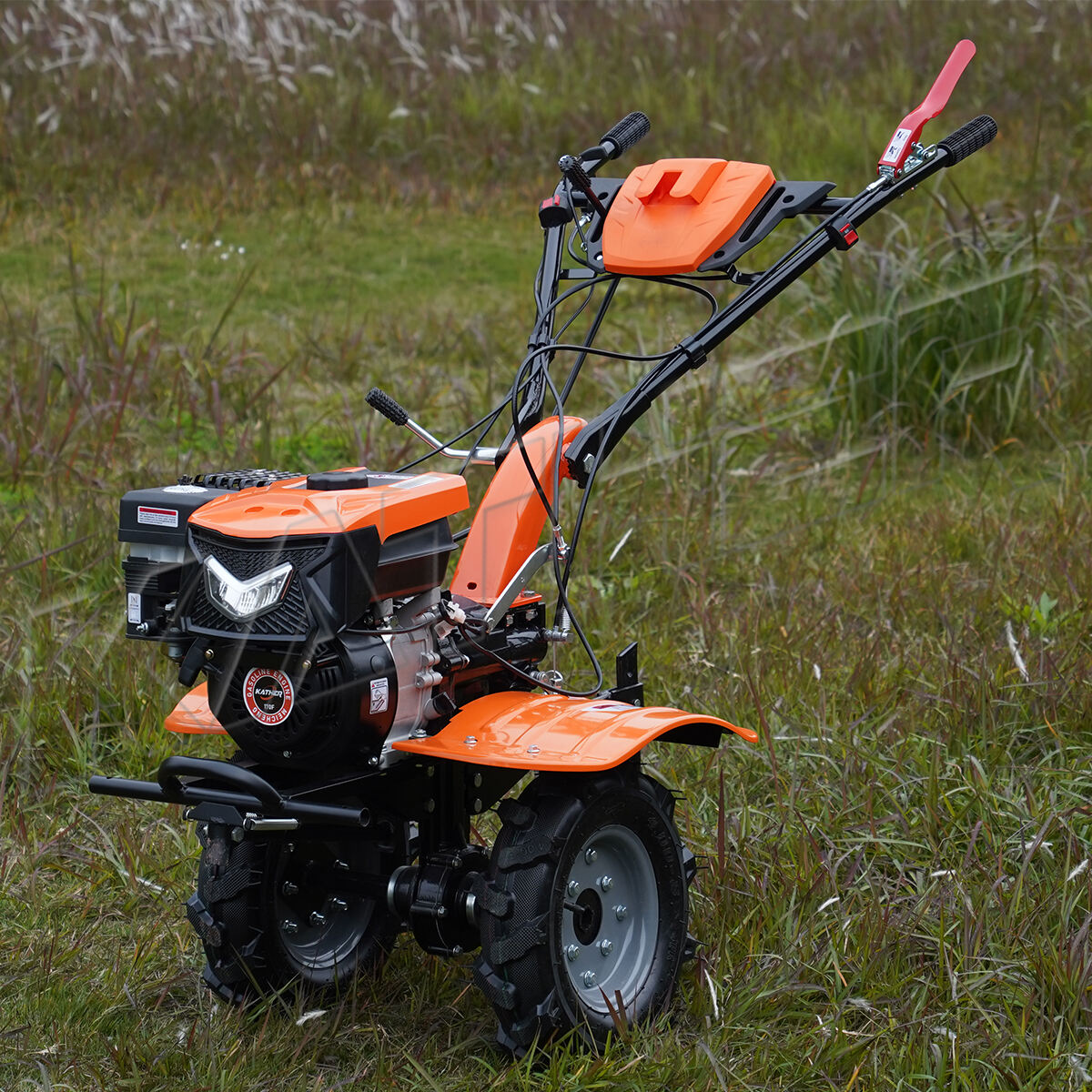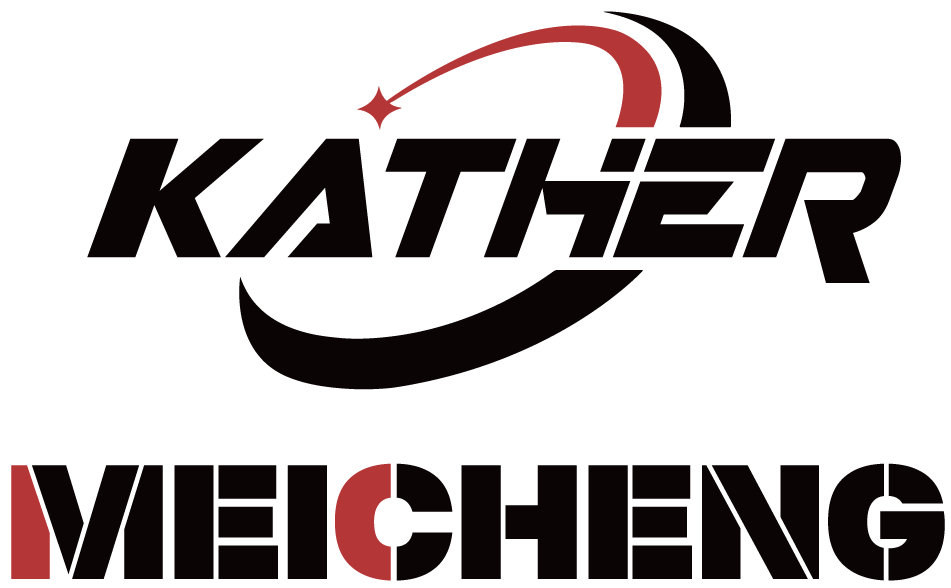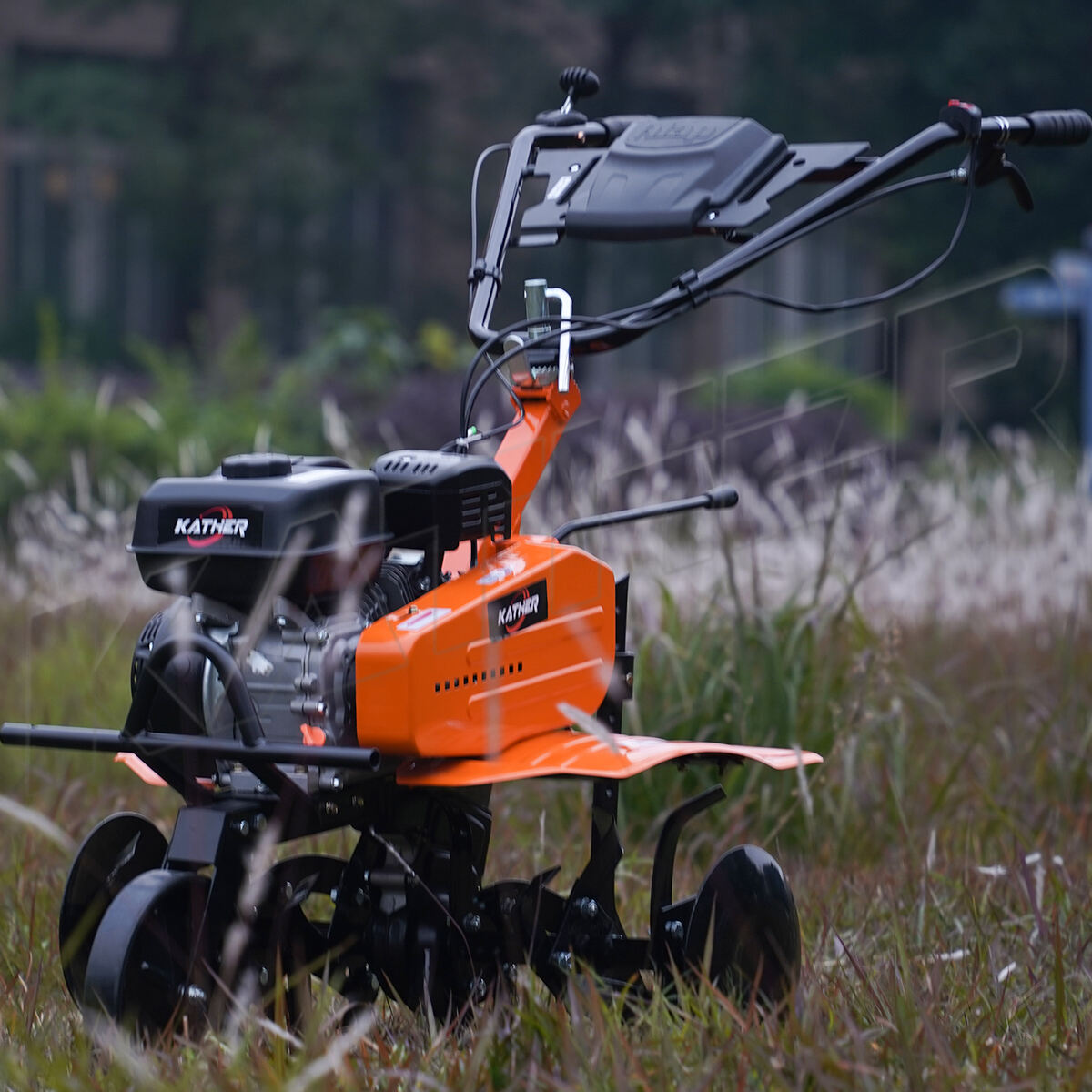Complete Guide to Modern Garden Tillers for Every Gardening Need
Garden tillers have become indispensable tools for both home gardeners and professional landscapers, revolutionizing the way we prepare soil for planting. As we approach 2025, the market offers an impressive array of options, from powerful gasoline-driven machines to eco-friendly electric models. This comprehensive guide will help you navigate the world of garden tillers, understanding their types, capabilities, and choosing the perfect one for your specific needs.
Whether you're breaking new ground for a vegetable garden or maintaining an established flower bed, the right tiller can make all the difference in your gardening success. Modern garden tillers combine innovative technology with proven design principles to deliver superior performance while being more user-friendly than ever before.
Understanding Different Types of Garden Tillers
Electric Garden Tillers: The Future of Sustainable Gardening
Electric garden tillers represent the cutting edge of horticultural technology, offering environmental benefits without compromising on performance. These machines run quietly, produce zero emissions, and require minimal maintenance compared to their gas-powered counterparts. Modern electric garden tillers feature powerful motors that can handle most residential gardening tasks with ease.
The latest models come equipped with advanced features like adjustable tilling depths, foldable handles for easy storage, and safety switches that prevent accidental starts. Many electric garden tillers now incorporate lithium-ion batteries, providing extended runtime and consistent power output throughout the charging cycle.
Gasoline-Powered Garden Tillers: Raw Power and Versatility
Gasoline garden tillers continue to dominate when it comes to raw power and extended use capability. These machines excel in breaking new ground and handling tough, compacted soil conditions. The latest gas-powered models feature improved fuel efficiency and reduced emissions while maintaining their legendary durability.
Modern fuel injection systems and enhanced engine designs have made gas tillers more reliable and easier to start than ever before. Many models now include vibration dampening technology and ergonomic handles to reduce operator fatigue during extended use.
Front Tine vs Rear Tine Configuration
Front Tine Garden Tillers: Maneuverability and Control
Front tine garden tillers excel in confined spaces and raised bed applications. These machines offer superior maneuverability, making them ideal for navigating between established plants or working in smaller gardens. The forward-mounted tines pull the machine forward, requiring less effort from the operator.
Recent innovations in front tine designs have improved their stability and reduced bouncing on hard soil. Many new models feature adjustable wheel heights and variable speed controls, allowing for precise depth control and easier operation.
Rear Tine Garden Tillers: Professional-Grade Performance
Rear tine garden tillers represent the gold standard for serious gardeners and professional landscapers. These machines offer superior weight distribution and deeper tilling capabilities. The counter-rotating tines can break up even the most challenging soil conditions with minimal effort.
Modern rear tine models often include features like adjustable drag bars, multiple forward and reverse speeds, and self-propelled systems. These features combine to make heavy-duty tilling tasks more manageable while ensuring consistent soil preparation depth.

Performance Factors and Selection Criteria
Power Output and Tilling Depth Capabilities
When evaluating garden tillers, power output plays a crucial role in determining performance. Electric models typically range from 8 to 14 amps, while gas-powered units are measured in cubic centimeters (cc) or horsepower. The latest garden tillers offer improved power-to-weight ratios, making them more efficient than ever.
Tilling depth capabilities vary significantly between models, with professional-grade machines capable of reaching depths up to 10 inches. Modern designs incorporate adjustable depth settings, allowing users to customize the tilling depth based on specific gardening requirements.
Durability and Maintenance Considerations
The best garden tillers feature heavy-duty construction with sealed bearings and hardened steel tines. Many manufacturers now use composite materials in non-critical components to reduce weight while maintaining durability. Regular maintenance requirements vary significantly between electric and gas models, with electric versions generally requiring less upkeep.
Modern garden tillers often include tool-less adjustment capabilities and easy-access maintenance points, simplifying routine care and ensuring longer service life. Some models feature quick-change tine systems, making replacement and cleaning more convenient.
Frequently Asked Questions
How often should garden tillers be serviced?
Garden tillers should receive basic maintenance after every 20-25 hours of use. This includes checking and tightening bolts, lubricating moving parts, and cleaning debris from tines. Gas-powered models require additional attention, including oil changes every 50 hours of operation and annual spark plug replacement.
What size garden tiller do I need for a typical home garden?
For a standard home garden of 1,000-2,000 square feet, a mid-sized garden tiller with 5-7 horsepower (gas) or 8-10 amp (electric) rating is usually sufficient. Consider a front-tine model for better maneuverability in smaller spaces, or a rear-tine version for breaking new ground.
Can garden tillers be used in rocky soil?
While garden tillers can handle some rocky conditions, it's important to remove larger rocks before tilling to prevent damage to the tines and transmission. Many modern tillers feature reinforced tines and shock-absorbing systems to better handle occasional rock encounters, but extreme rocky conditions may require alternative soil preparation methods.








